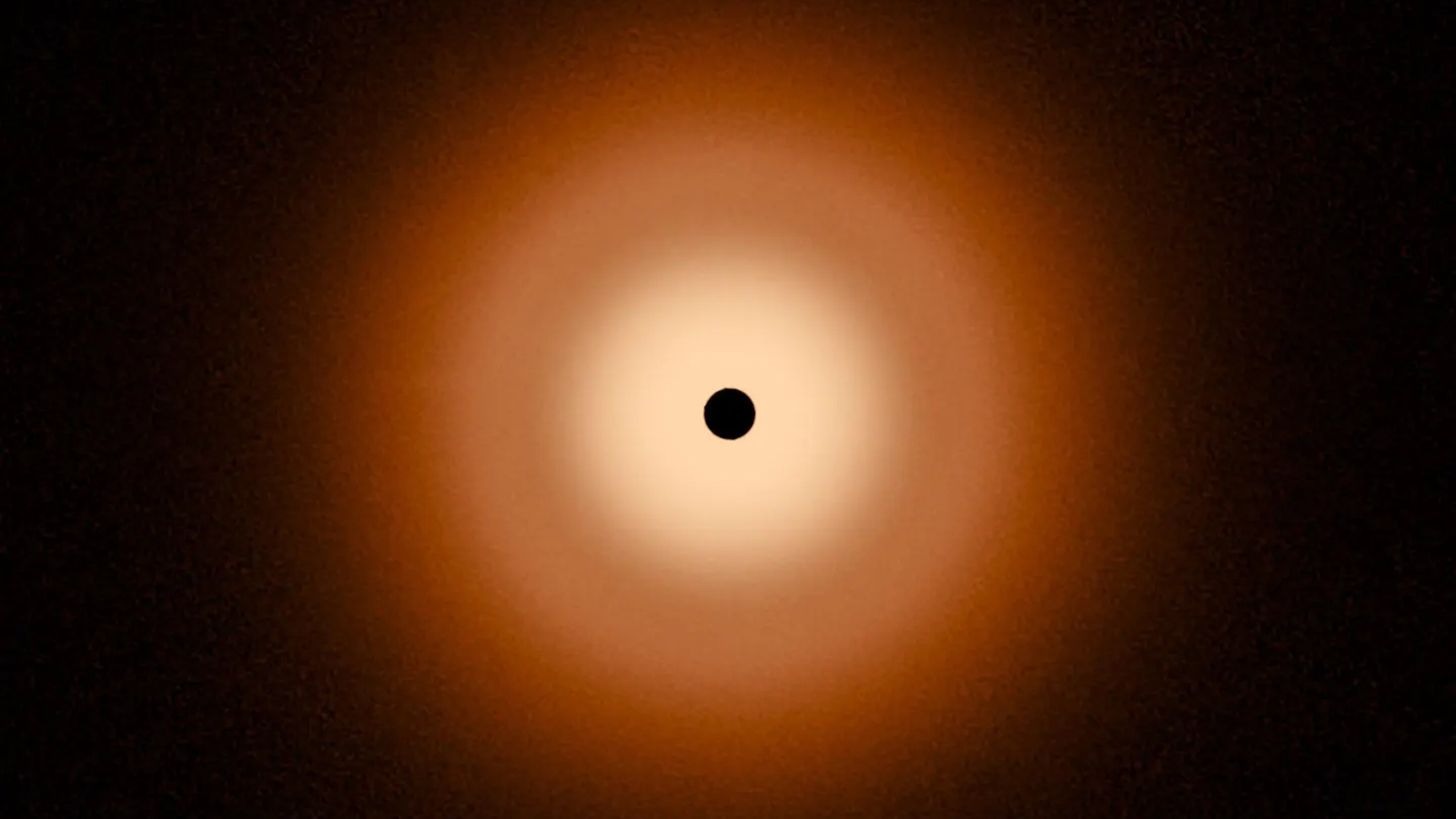Gels, Vol. 9, Pages 484: Preparation and Characterization of Porous Cellulose Acetate Nanofiber Hydrogels
Authors: Lijie Jiang Xingyu Huang Chaochao Tian Yidan Zhong Ming Yan Chen Miao Ting Wu Xiaofan Zhou
The currently reported methods for preparing cellulose acetate hydrogels use chemical reagents as cross-linking agents, and the prepared ones are non-porous structured cellulose acetate hydrogels. Nonporous cellulose acetate hydrogels limit the range of applications, such as limiting cell attachment and nutrient delivery in tissue engineering. This research creatively proposed a facile method to prepare cellulose acetate hydrogels with porous structures. Water was added to the cellulose acetate–acetone solution as an anti-solvent to induce the phase separation of the cellulose acetate–acetone solution to obtain a physical gel with a network structure, where the cellulose acetate molecules undergo re-arrangement during the replacement of acetone by water to obtain hydrogels. The SEM and BET test results showed that the hydrogels are relatively porous. The maximum pore size of the cellulose acetate hydrogel is 380 nm, and the specific surface area reaches 62 m2/g. The porosity of the hydrogel is significantly higher than that of the cellulose acetate hydrogel reported in the previous literature. The XRD results show that the nanofibrous morphology of cellulose acetate hydrogels is caused by the deacetylation reaction of cellulose acetate.

 1 year ago
34
1 year ago
34


